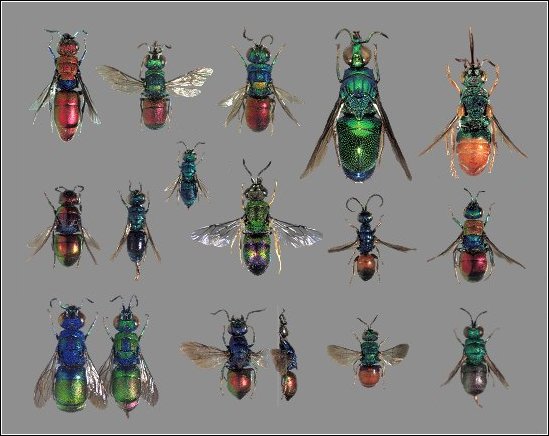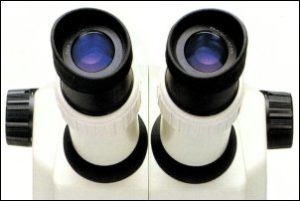Last updated on December 4th, 2023
Once prepared, the specimen can be parked in an entomological box, with the similar ones, but one last component it still lacking: the identification label. Such label is written by its identifier, the entomologist who recognizes it on the basis of its diagnostic characters and assigns it to a known species. Therefore, the last pinned label should report the following info: Genus species Author, sex, identifier and year, i.e. Chrysis ignita L., ♀, C.Darwin det., 1980). When more determination cards are present on the same spacimen it means that the specimen has been examined and revised by many specialists, each one leaving his own taxonomic opinion. Generally, the last temporal diagnosis is the most reliable, reported on the lowest label.

 The procedure of identification of a specimen is executed by a specialist who receives the material by a collector. After some time, he returns the material and keeps some specimens for his own collection, as an “honorarium” for his performance. The identification is performed using a stereoscopic microscope and through a critical comparison between what is seen and what is written in the determination keys.
The procedure of identification of a specimen is executed by a specialist who receives the material by a collector. After some time, he returns the material and keeps some specimens for his own collection, as an “honorarium” for his performance. The identification is performed using a stereoscopic microscope and through a critical comparison between what is seen and what is written in the determination keys.
Móczár (1997) wrote: « Most species of Cleptes [but this could be extended to the whole Chrysididae] are rare and their colour and sculpture show a great variety even within populations. The main reasons behind it are the cleptoparasitic lifestyle and the microclimatic circumstances which influence individual development. Thus, their classification is sometimes uncertain. »
The main determination keys for Chrysididae have been supplied by the following Authors: W. Linsenmaier, L. Móczár, L.S. Kimsey and R. Bohart (see the Literature page).
Chrysis.net offers a
Copyright, Authorship, and Ownership statements
All text and images of this page are copyright ©️ Chrysis.net unless otherwise stated - please see individual cases for authorship and copyright details. The specimens pictured are from the authors' or other collaborators' personal collections and from the collections of various museums. Unless otherwise specified, the whole content of this web site is for personal, non-commercial, scientific, and educational purposes given proper accreditation to the page from which they were derived are provided, and under Chrysis.net Terms and Conditions.
For citation purposes
Agnoli G.L. & Rosa P. (2025) Identification of Chrysididae, in: Chrysis.net website. Interim version 18 April 2025, URL: https://www.chrysis.net/chrysididae/identification-of-chrysididae/.




